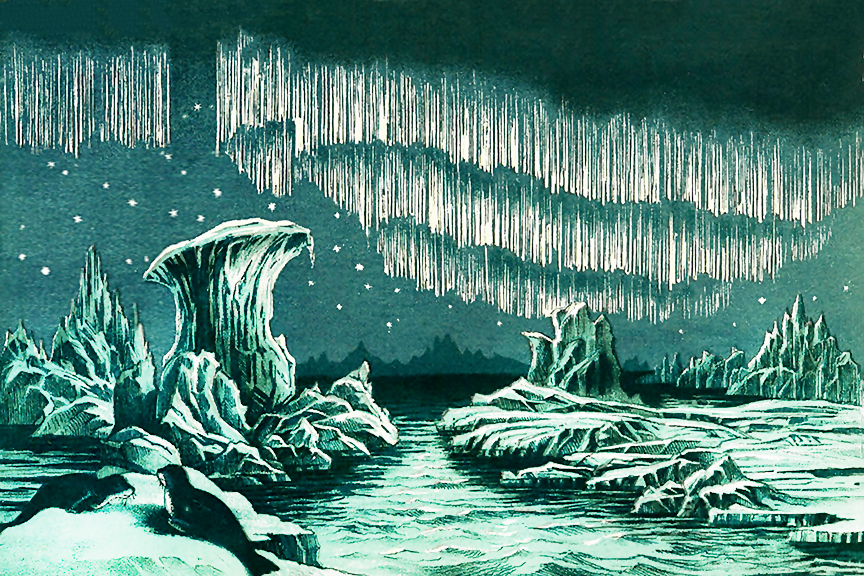In One Ear: Glimmering like moonbeams
Published 9:22 pm Thursday, April 10, 2025
As we near the anniversary of the sinking of the Titanic on April 15, 1912, after the ship’s side was opened by scraping along an iceberg, speculation about why the collision happened is still popping up.
One study names the aurora borealis as the culprit. It was glimmering brightly that night on the North Atlantic, according to Live Science.
The April 14 night log of James Bisset, the rescue ship RMS Carpathia’s second officer, notes that “there was no moon, but the Aurora Borealis glimmered like moonbeams shooting up from the northern horizon.” Five hours later, observed that the “greenish beams” were still visible.
Trending
The radiance “arched fanwise across the northern sky, with faint streamers reaching towards the Pole-star,” Lawrence Beesley, a Titanic survivor, recalled about the view from a lifeboat.
The research suggests the geomagnetic storm behind the lights might well have affected the Titanic’s compass. The study concluded that even a minute deviation of 0.5 degrees could have taken the ship off course, and affected communications.
Radio signals that night were “freaky,” as reported by one ocean liner. Few heard the SOS signals sent by the Titanic to nearby ships, and responses weren’t received. Adding to the chaos, the Titanic official report noted that amateur radio devotees were jamming the airwaves, disrupting emergency signals between ships.
This is only one of the many theories about how the Titanic met its demise, but nothing changes the fact there weren’t enough lifeboats, and more than 1,500 died, including John Jacob Astor IV, great-grandson of Astoria’s founder. (Image: William MacKenzie)










